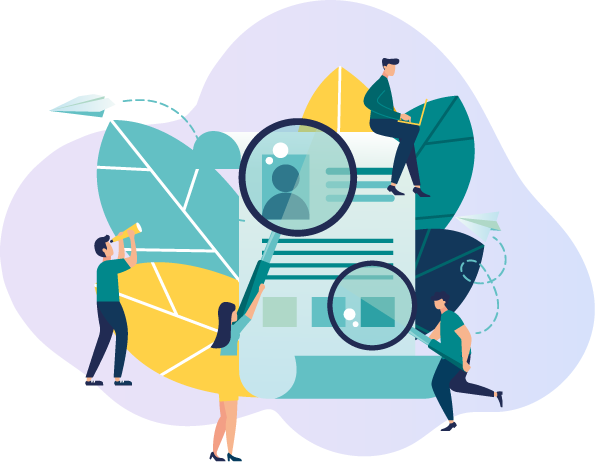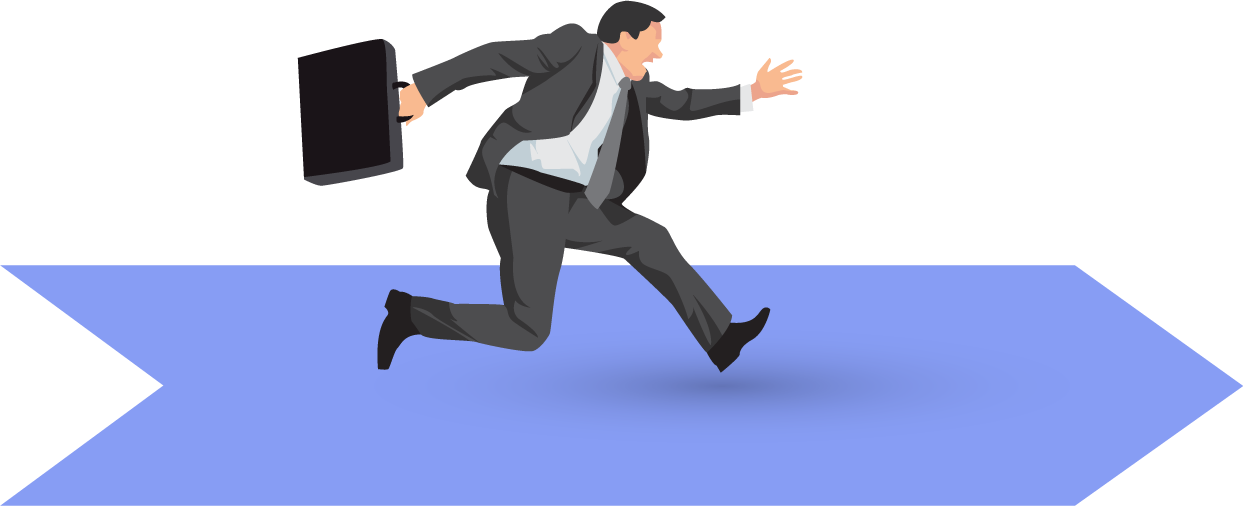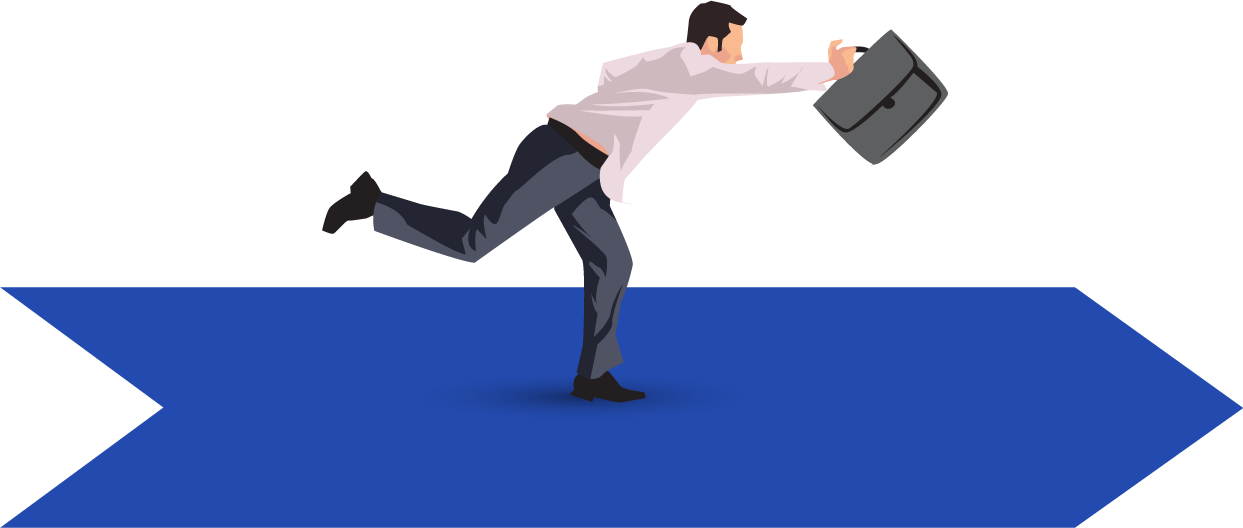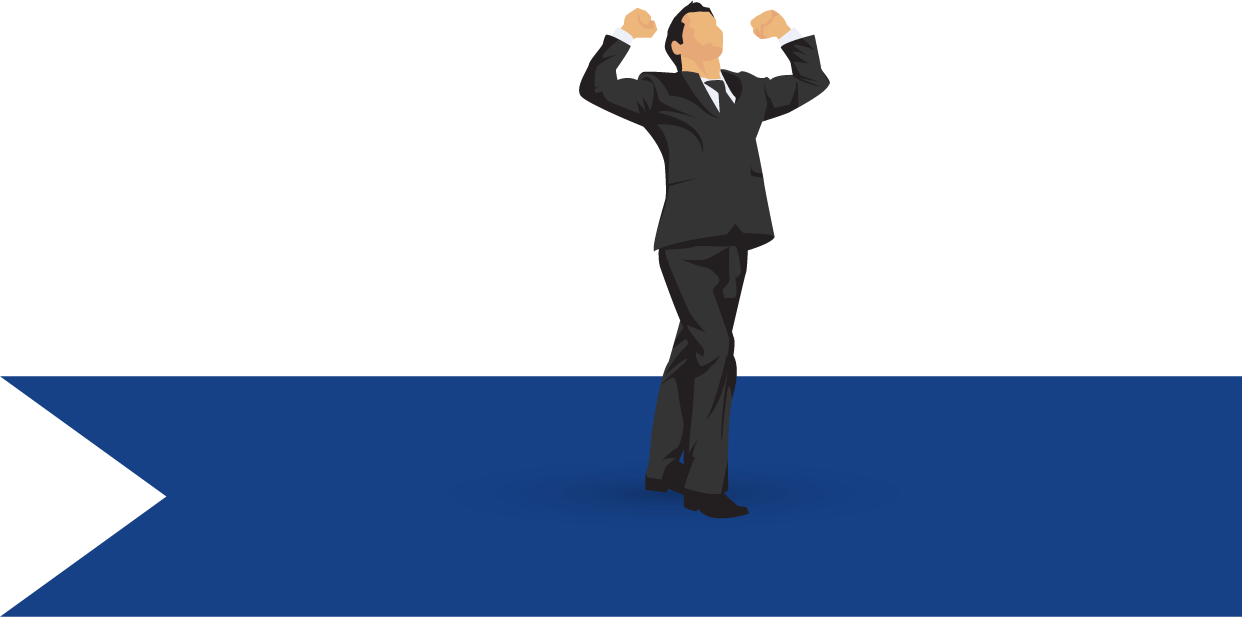Who's a Commercial Pilot?
There is no denying that the job of a commercial pilot is filled with thrill and adventure. This path gives you opportunities to experience a rush of adrenaline combined with the latest technology when you fly those powerful aircraft. As a commercial pilot, you won’t just soar the skies for fun – you’ll be responsible for safely delivering your passengers, crew and cargo to its destination. You’d fly different kinds of aircraft for different reasons – transporting people, delivering cargo, emergency rescues, evacuation operations, etc.
Joining the aviation industry can seem risky at first, but it could open up a life of enthusiasm and energy. Sounds ideal for you? Read on to know more about this career!
What exactly does a Commercial Pilot do?
Discover your Ideal future
Get expert guidance and mentorship towards your perfect fit.
Where does a Commercial Pilot work?
How do you become a Commercial Pilot?
Functional Skills
How do you make it to the top ranks?
Second Officer
A second officer isn’t found on every flight, but when they are it is usually on international or long haul flights, As a second officer you will ensure that the captain, senior first officer, and first officer can get adequate rest. A second officer wears 2 stripes on their uniform. In some airlines, the second officer acts as a first officer. During this time a Junior First officer is paid an average monthly salary of 1,20,000 to 1,60,000 INR.
First Officer(FO)
As a first officer, you can also act as a co-pilot. FOs usually have less experience than a senior first officer, though this is not true in every case, as some airlines issue all new pilots the rank of FO regardless of how experienced they are. The average monthly pilot salary for First Officer ranges between 2,60,000 – 3,30,000 INR.
Senior First Officer(SFO)
A senior first officer (SFO) acts as a “co-pilot”. After the captain, they are second in command of the aircraft. An SFO is highly experienced and can sit in the left-hand seat when the captain takes a break. As an SFO you will act as second in command of the aircraft. While it can vary between airlines, they are expected to have a minimum of 1,500 hours of flying experience. The monthly average salary for a Senior First Officer is around 4,80,000 – 5,60,000 INR.
Captain
As a captain, you will be the highest-ranking member of a flight crew and the commander of the aircraft. The captain usually has at least 3,000 hours of flying experience, sits in the left-hand seat, and is responsible for the aircraft, its crew, and all other occupants. A captain wears 4 stripes on their uniform. Major airlines pay captains upwards of INR 50,00,000 a year.
Pursuing the career: Locally vs Overseas
Pursuing your career as a commercial pilot in India is a good career choice as India has achieved the third position in the aviation sector after USA and China. However, in today’s scenario, young aspirants who had earlier aimed for a career in the aviation industry in pre-Covid times might have apprehensions about their career choice. Though there might be some long term impacts on standard operating policies and systems in the aviation industry as a result of the pandemic the present situation is expected to get better and normalize in few years. If you’re an Indian you should do your full course from India itself. As the pilot training course, itself is very expensive, it will be more cost-effective if you pursue your flight training course from India.
Clearing the DGCA papers will be easier and without as many hassles. It costs around 45-60 lakhs to become a pilot in India and this cost can go as high as 75 lakhs if a candidate decides on a cadet program. The payment is 30-40 lakhs to get the commercial pilot license and 15-20 lakhs for the Type Rating. The problem with pursuing a pilot training course abroad is that you will have to apply for the conversion of your license which can be very challenging and will cost you another INR 4-5 lakhs.
To be a commercial pilot in India, one should have a flying experience of 250 hours while in the case of developed countries, the situation is not so. In countries like Europe, to have a basic license experience, one has a flying experience of 750 hours. In foreign countries, the salary is almost double to what is offered in India. Sometimes, the pay is thrice or 4 times that in India. On the other hand, these countries are also lucrative avenues for pilots to start their careers. There is more job certainty and satisfaction for pilots who are working abroad.
In the US, the cost of flight training is about INR 25 lakh to around INR 65 lakhs. In the US or developed countries, training for CPL is less than in India because of high-cost fuel and imposed duties as explained by the Indian system. Every time a pilot wants to upgrade to a bigger aircraft, he has to pay an additional amount of INR 25 to 30 lakh. The cost of living in Europe and North America can make the expenses incurred for pilot training higher abroad as compared to India. The major benefit of enrolling in an international pilot training school is the savings in time. While the same course can stretch for 2 years in India, doing the course from abroad can take just about 6-8 months making it a much quicker option.
What are Commercial Pilot's career options?
Discover your Ideal future
Get expert guidance and mentorship towards your perfect fit.







